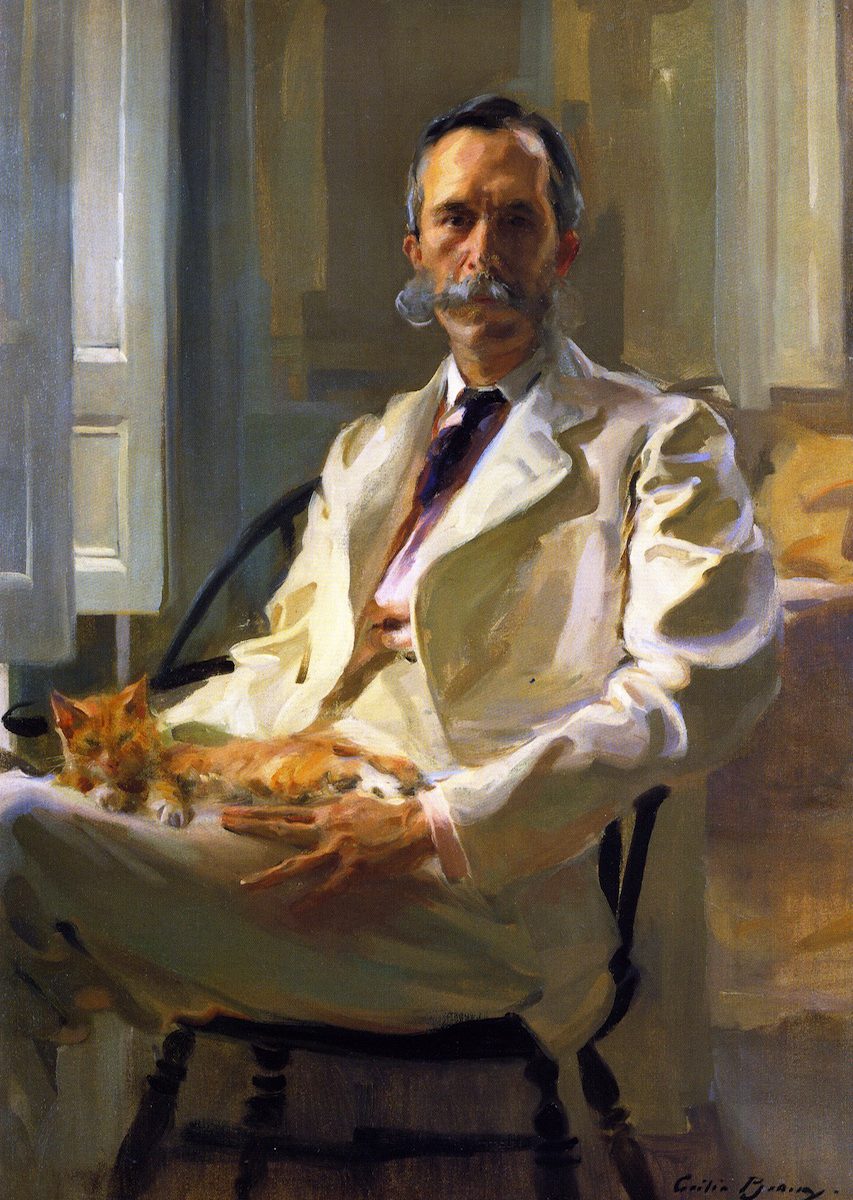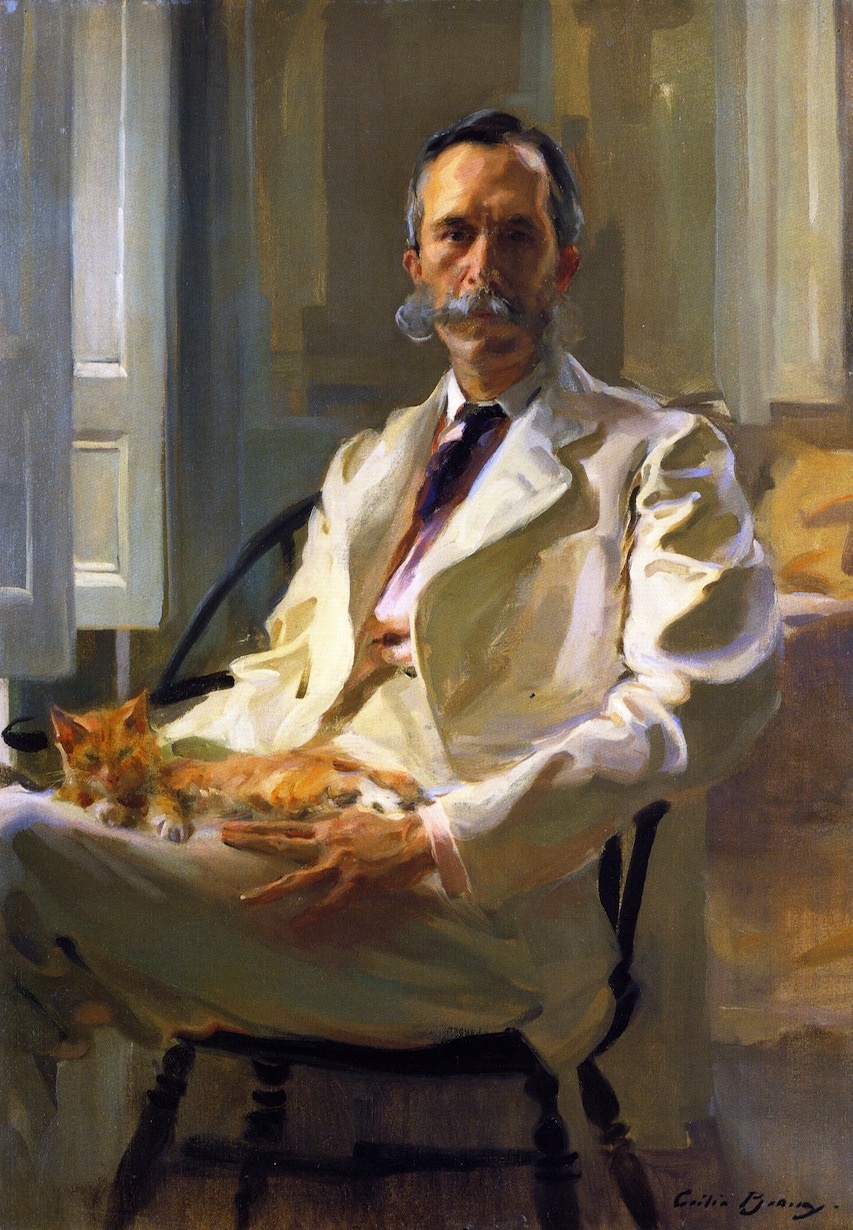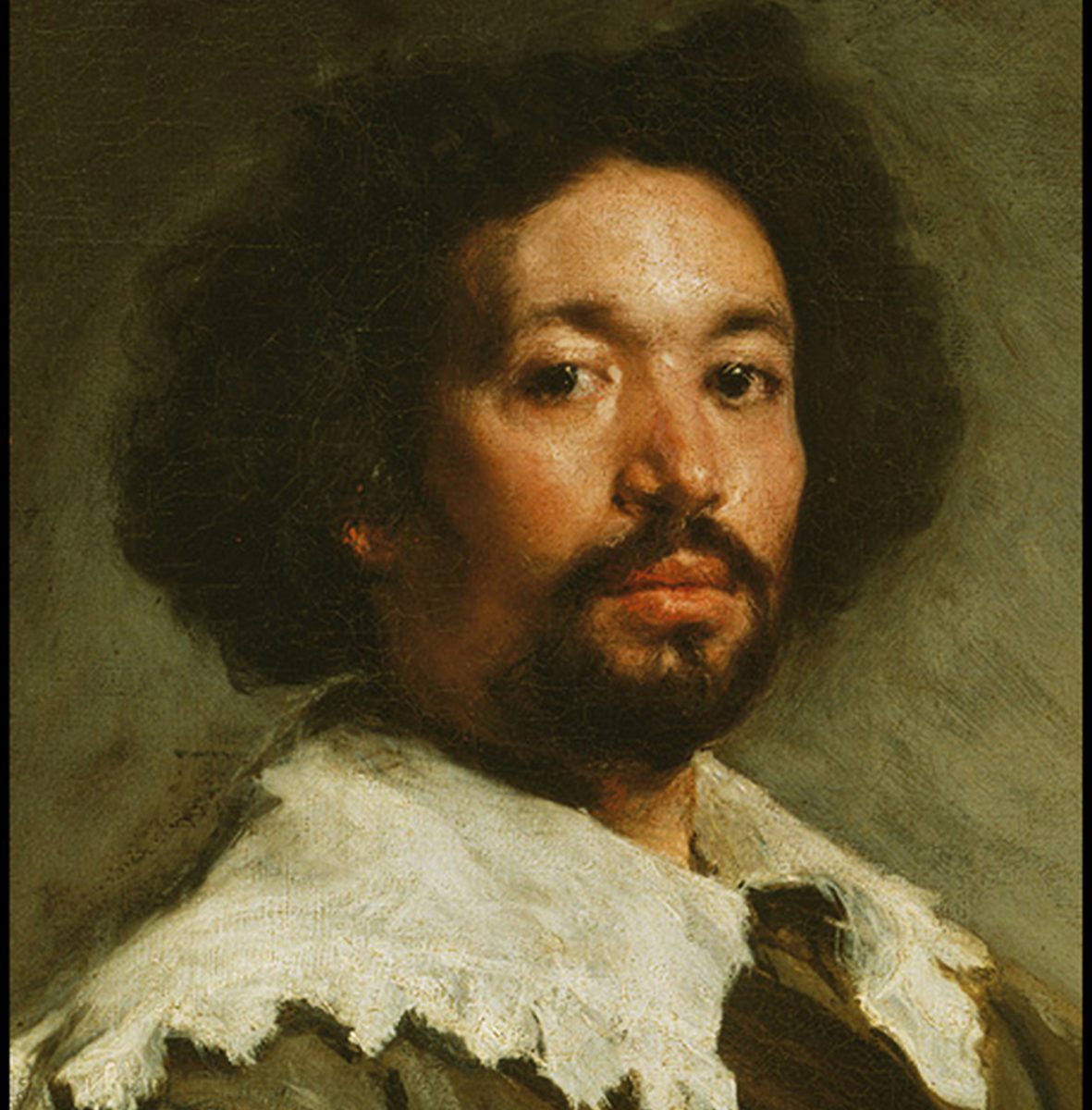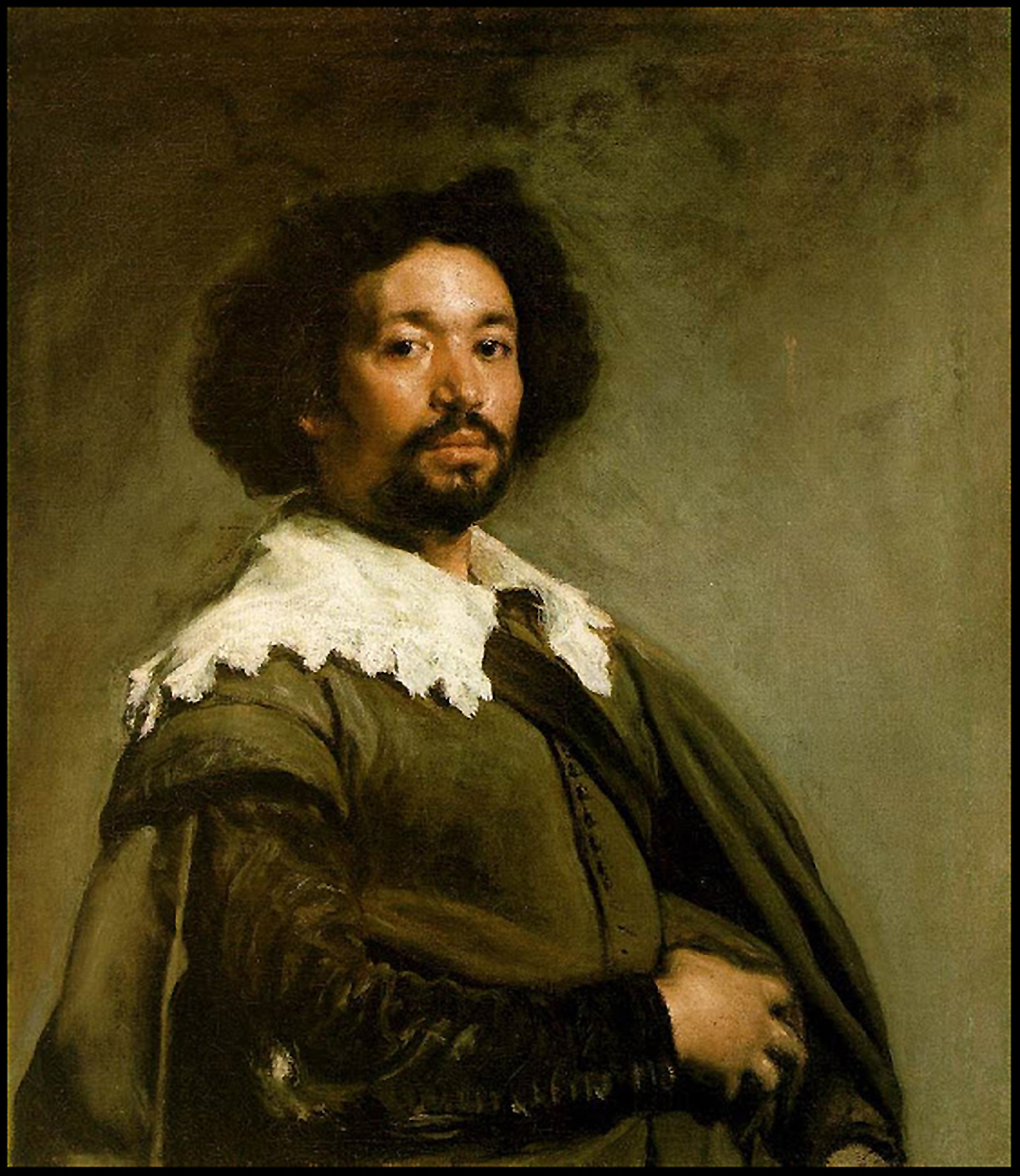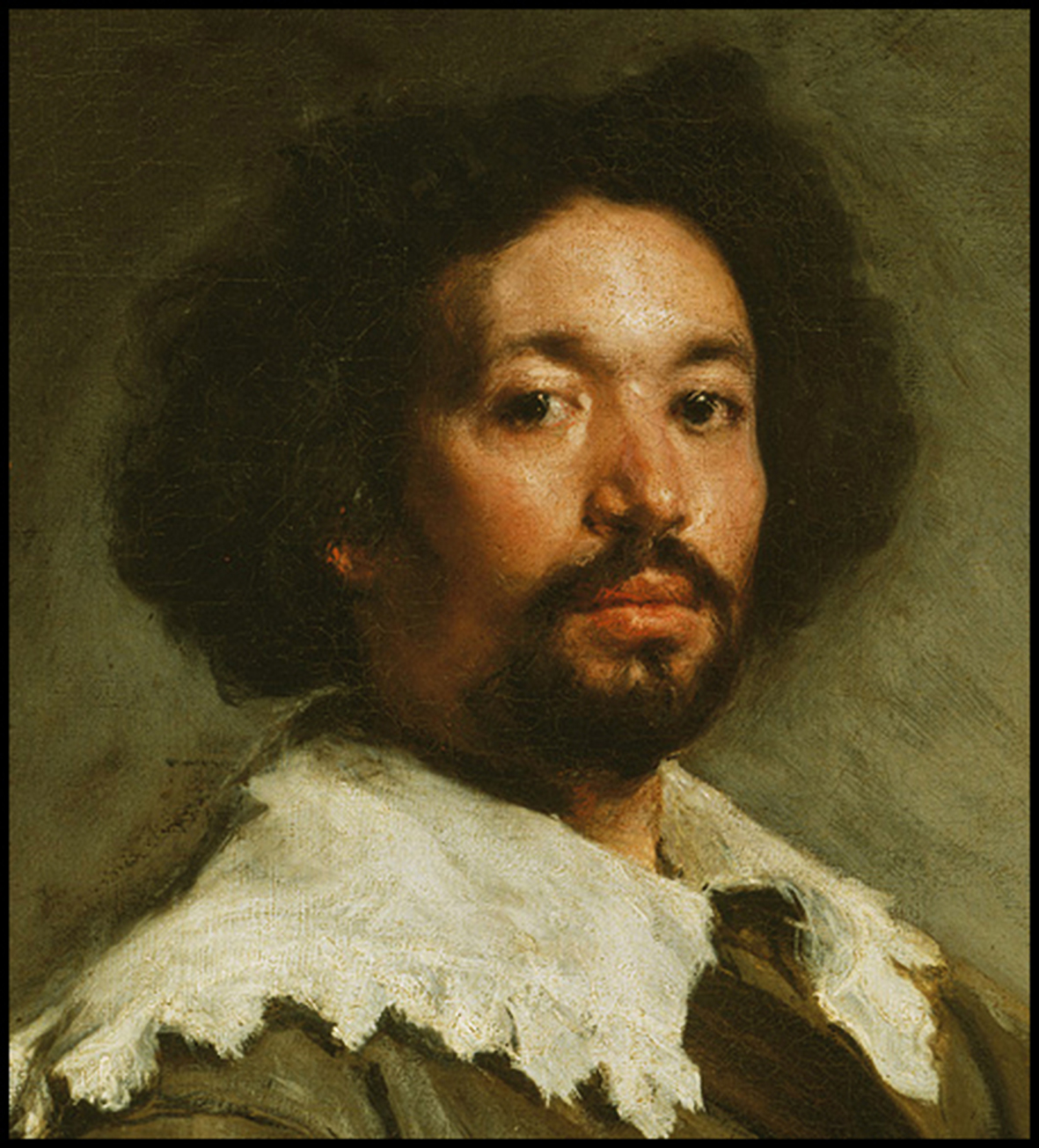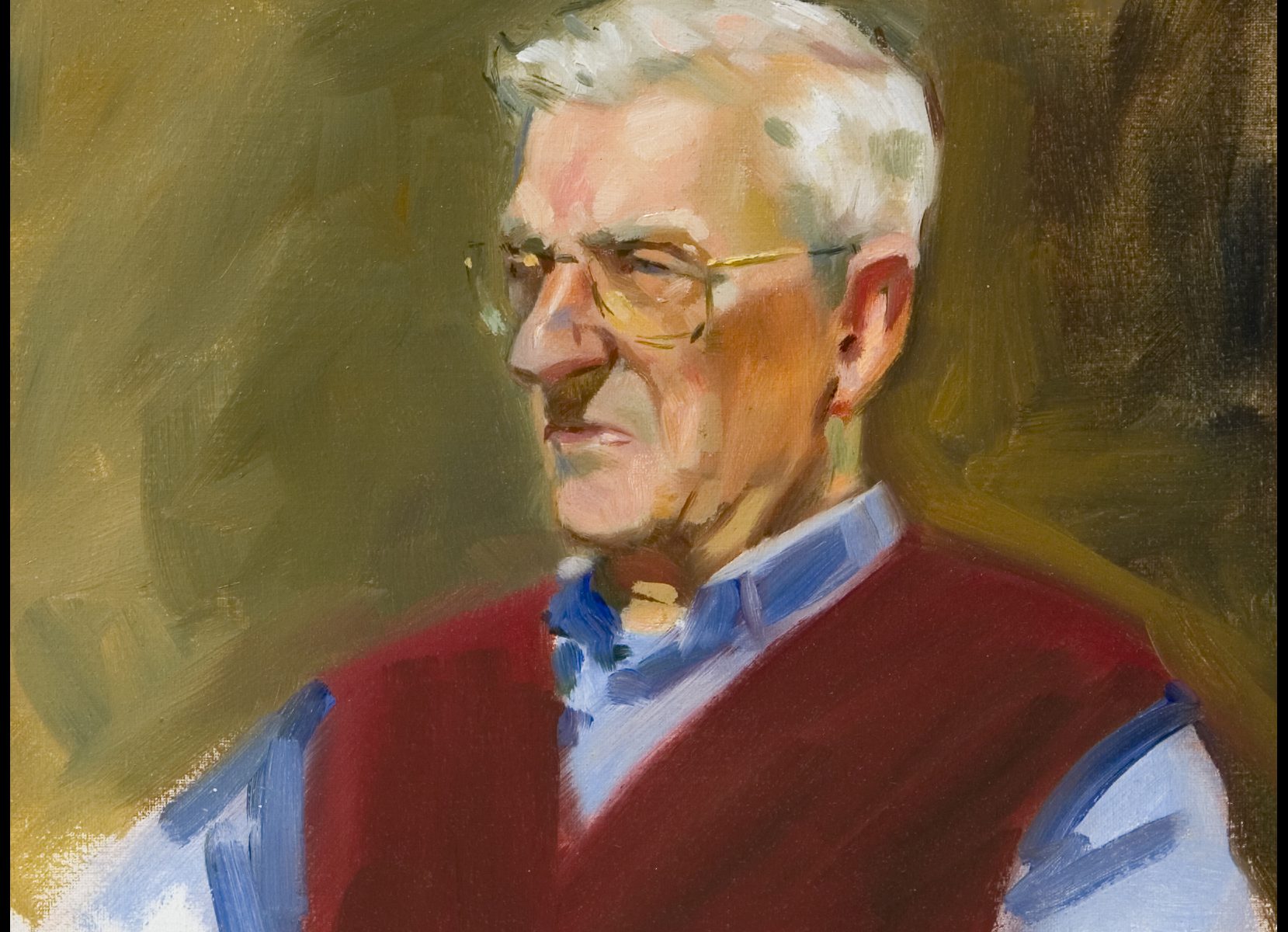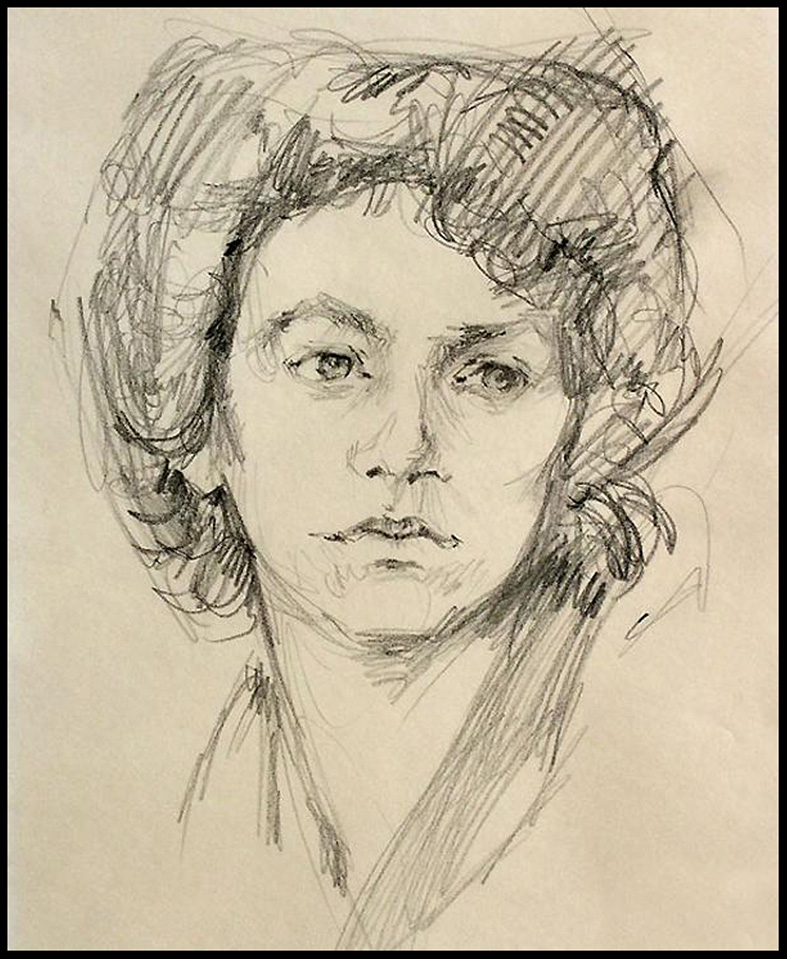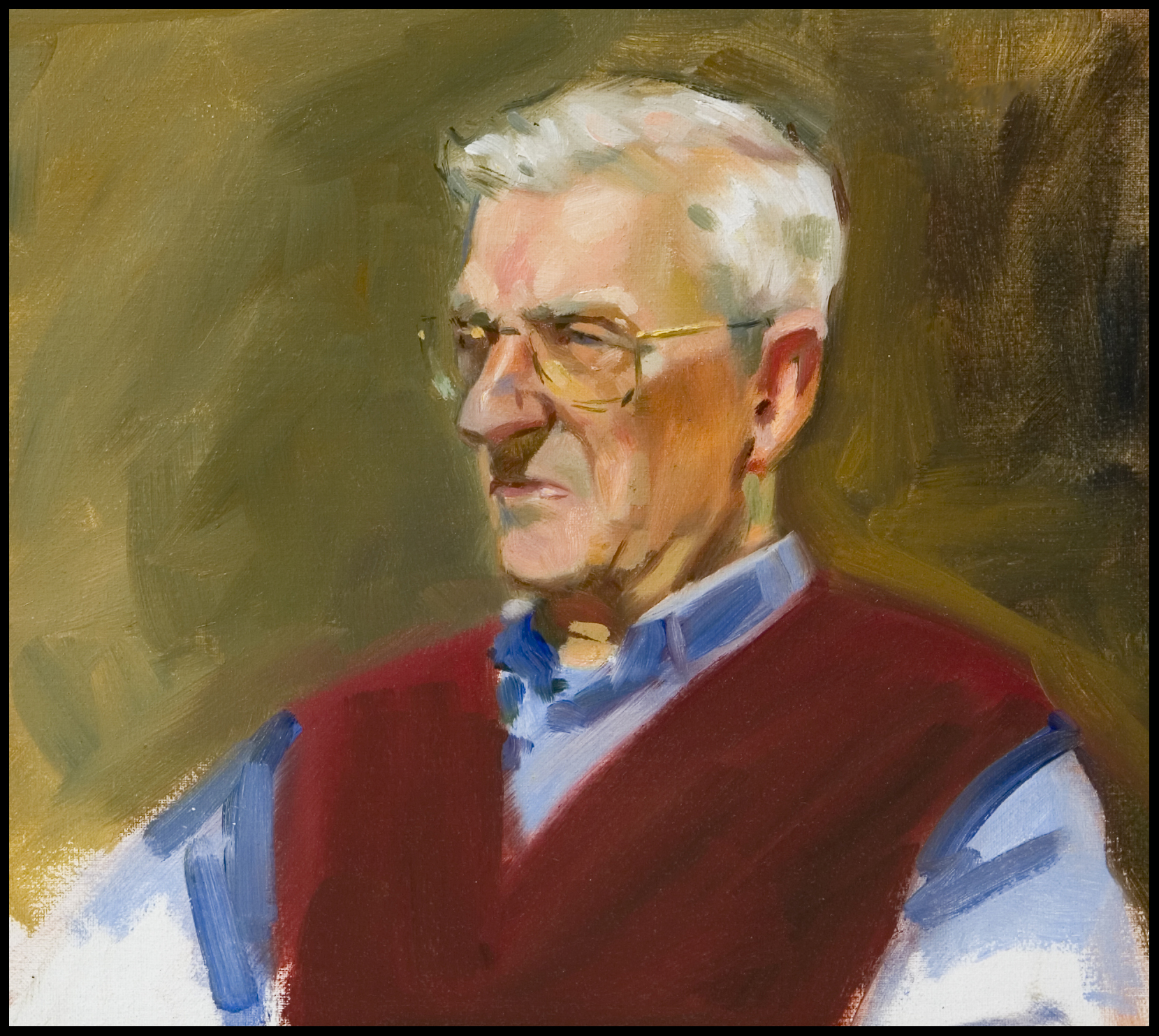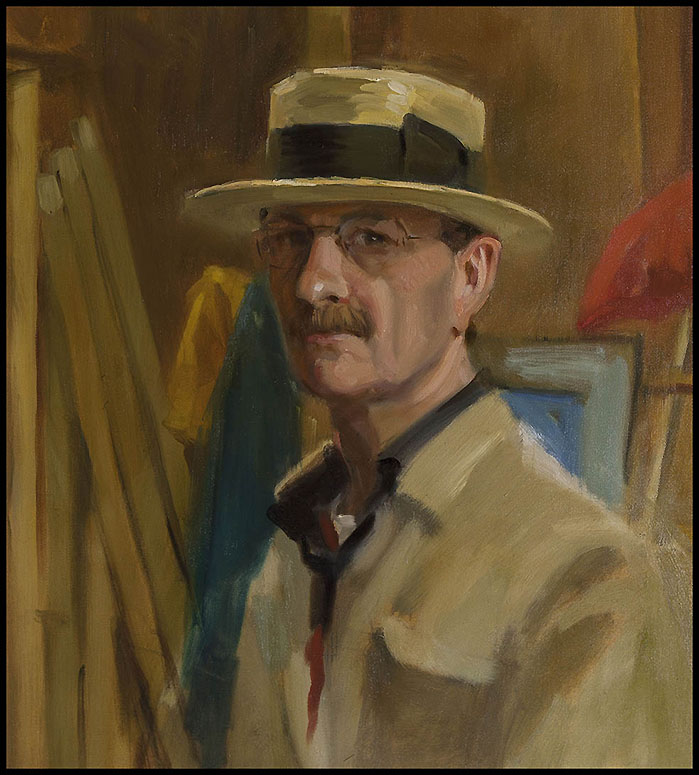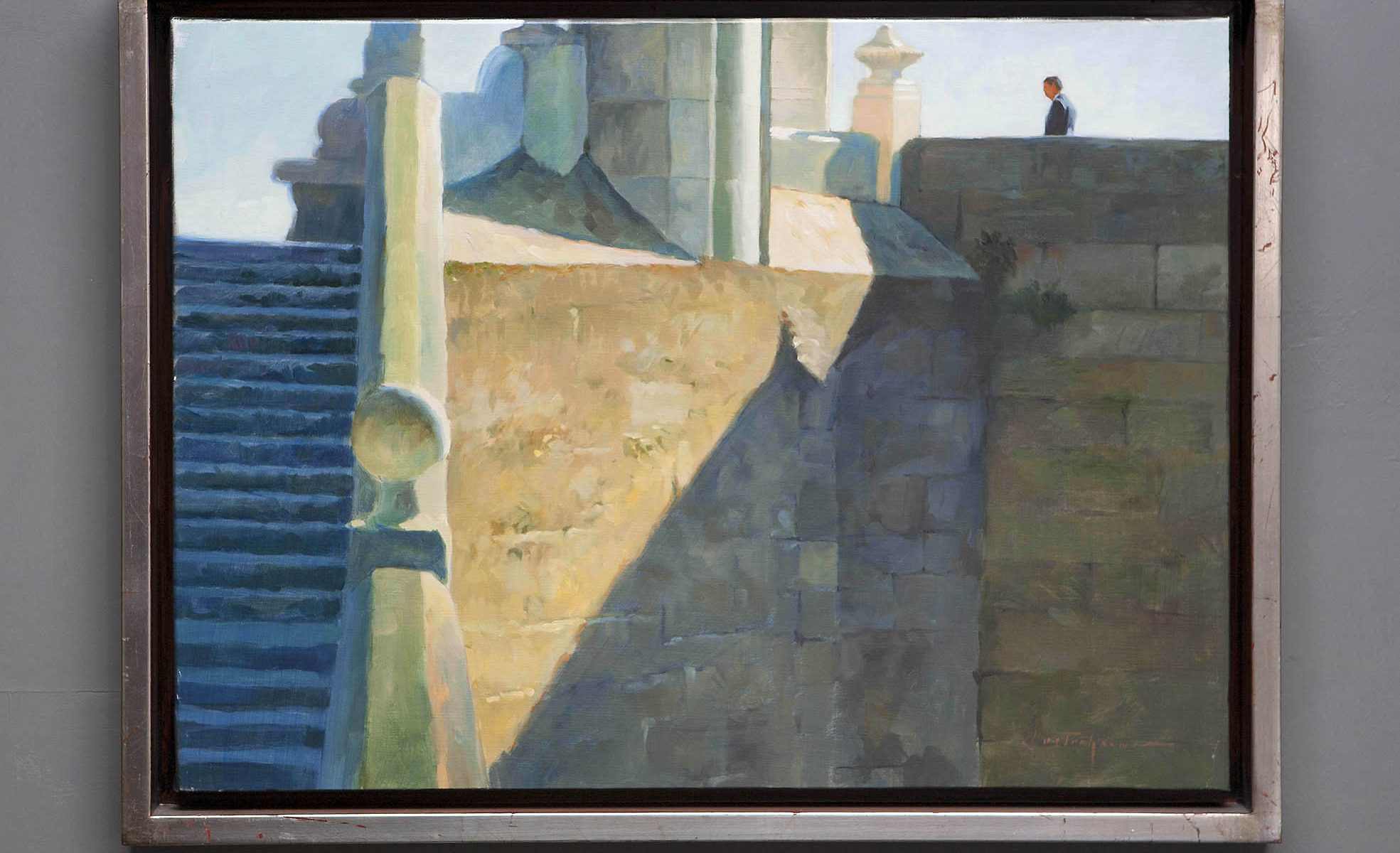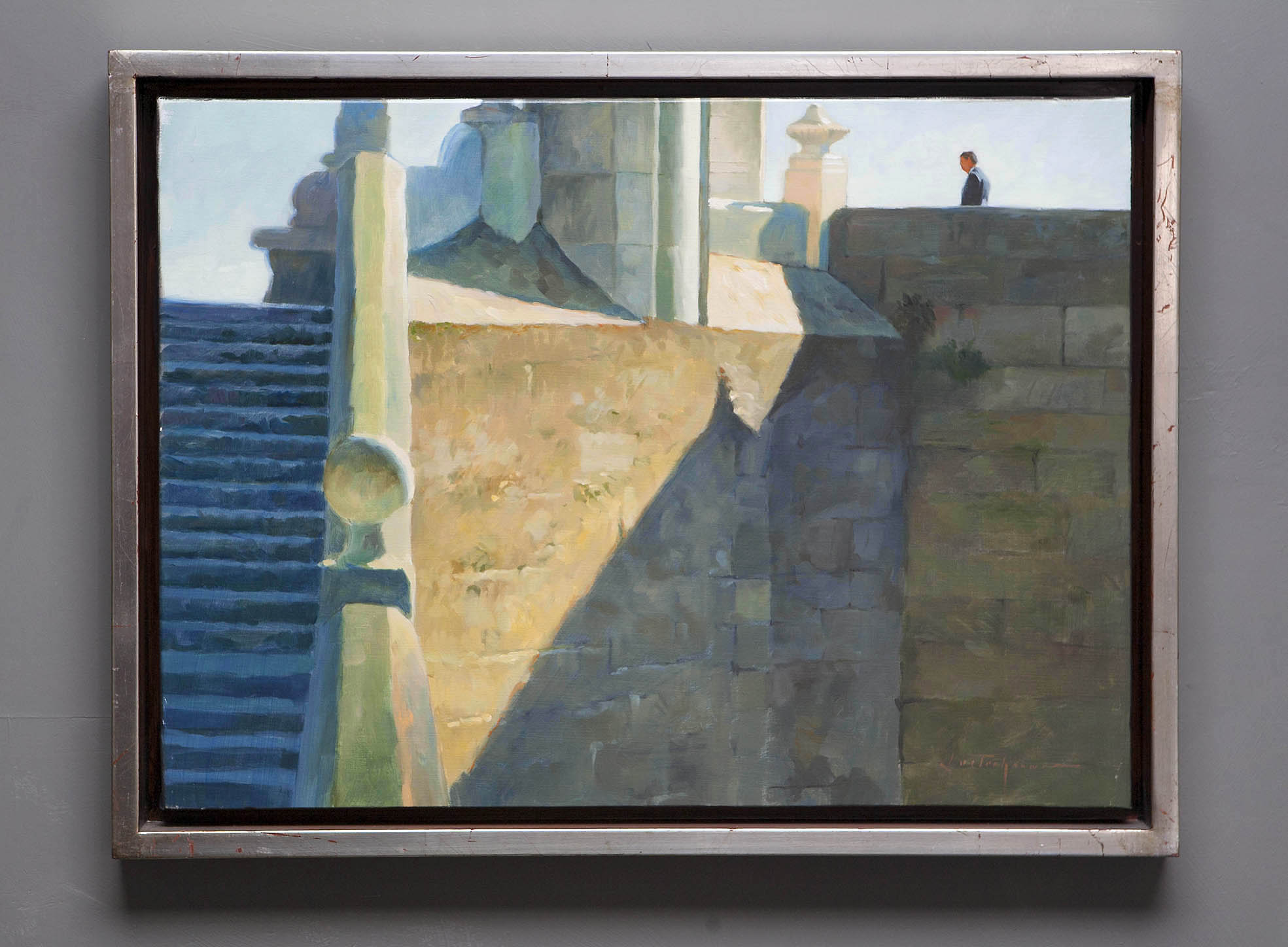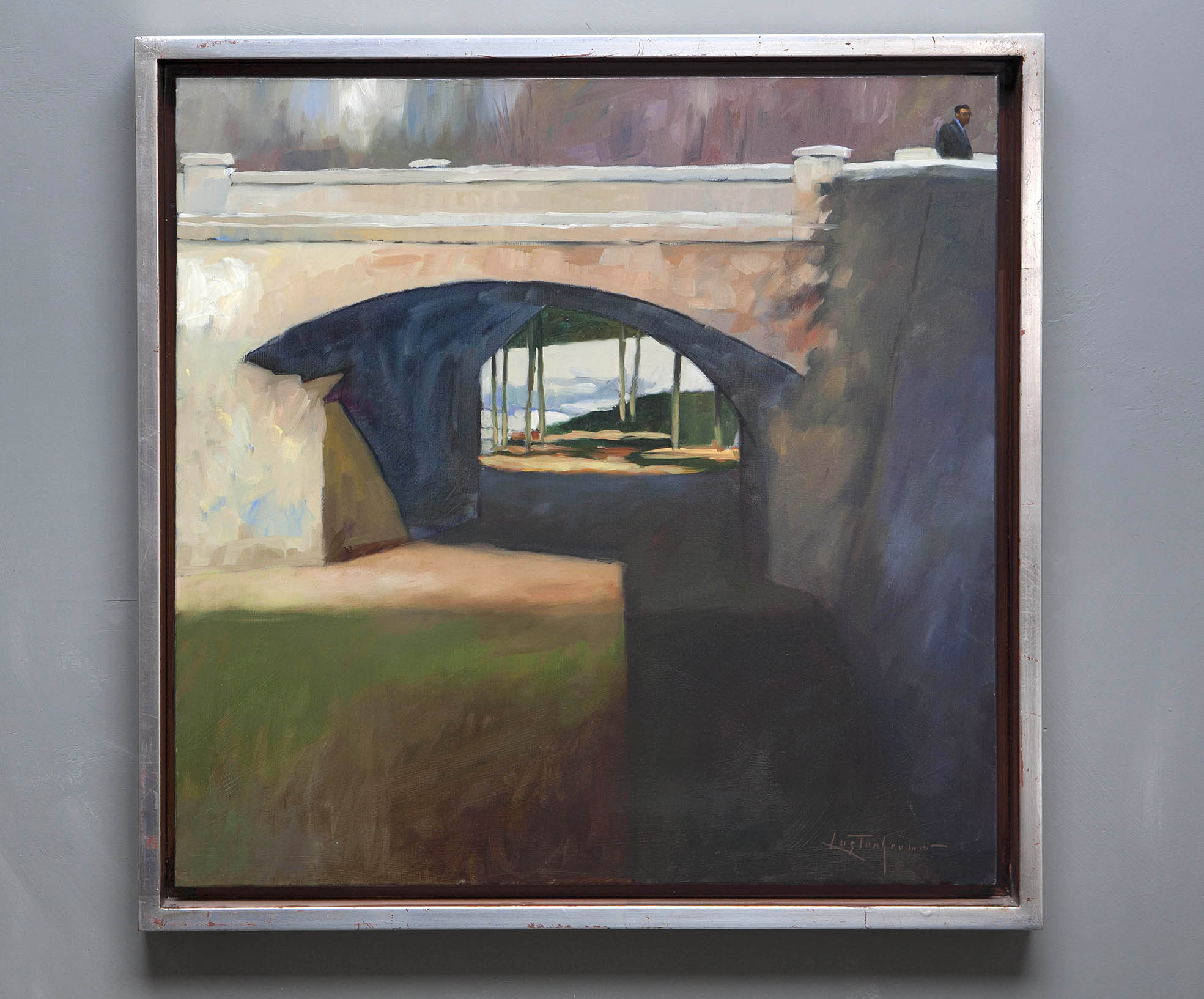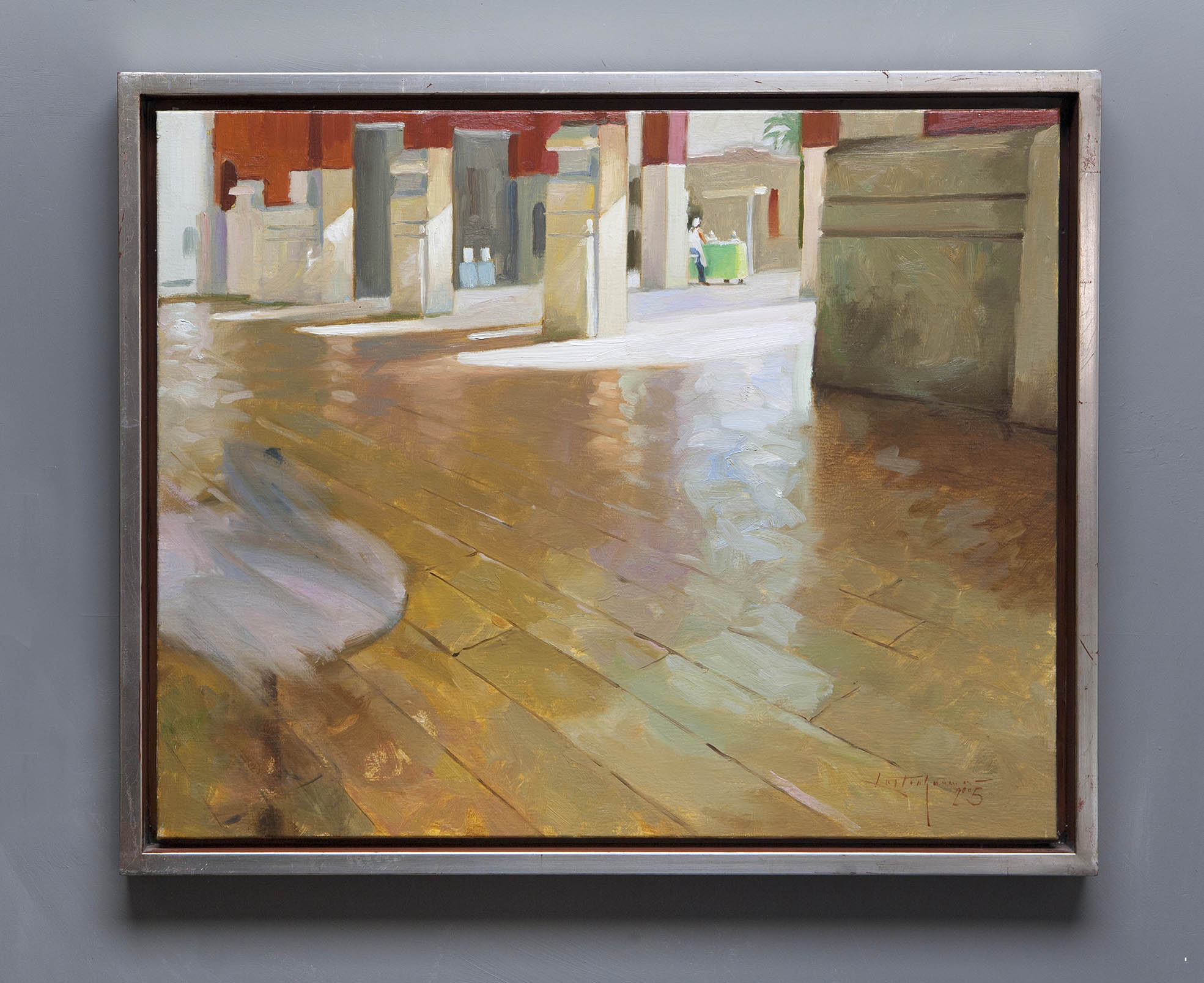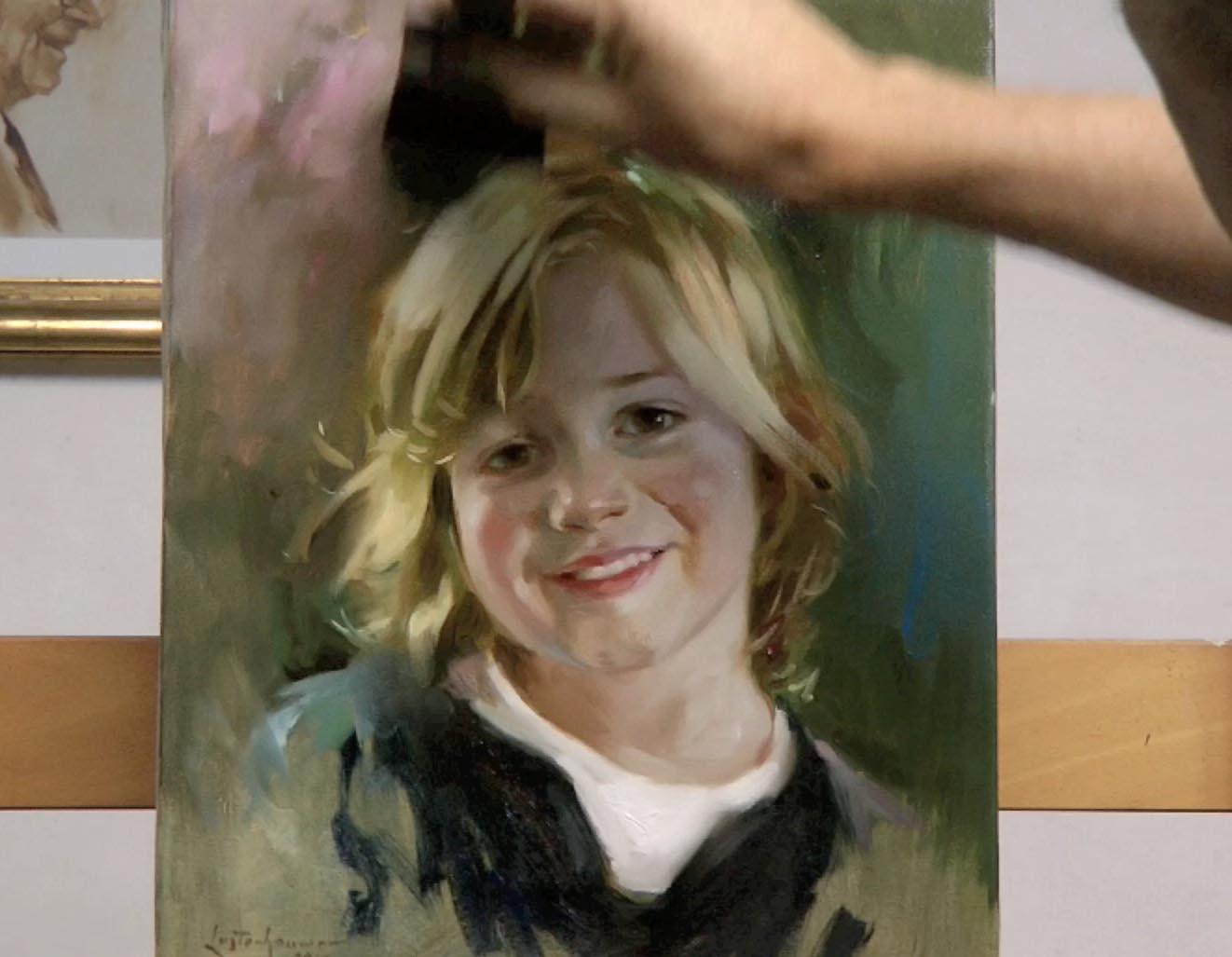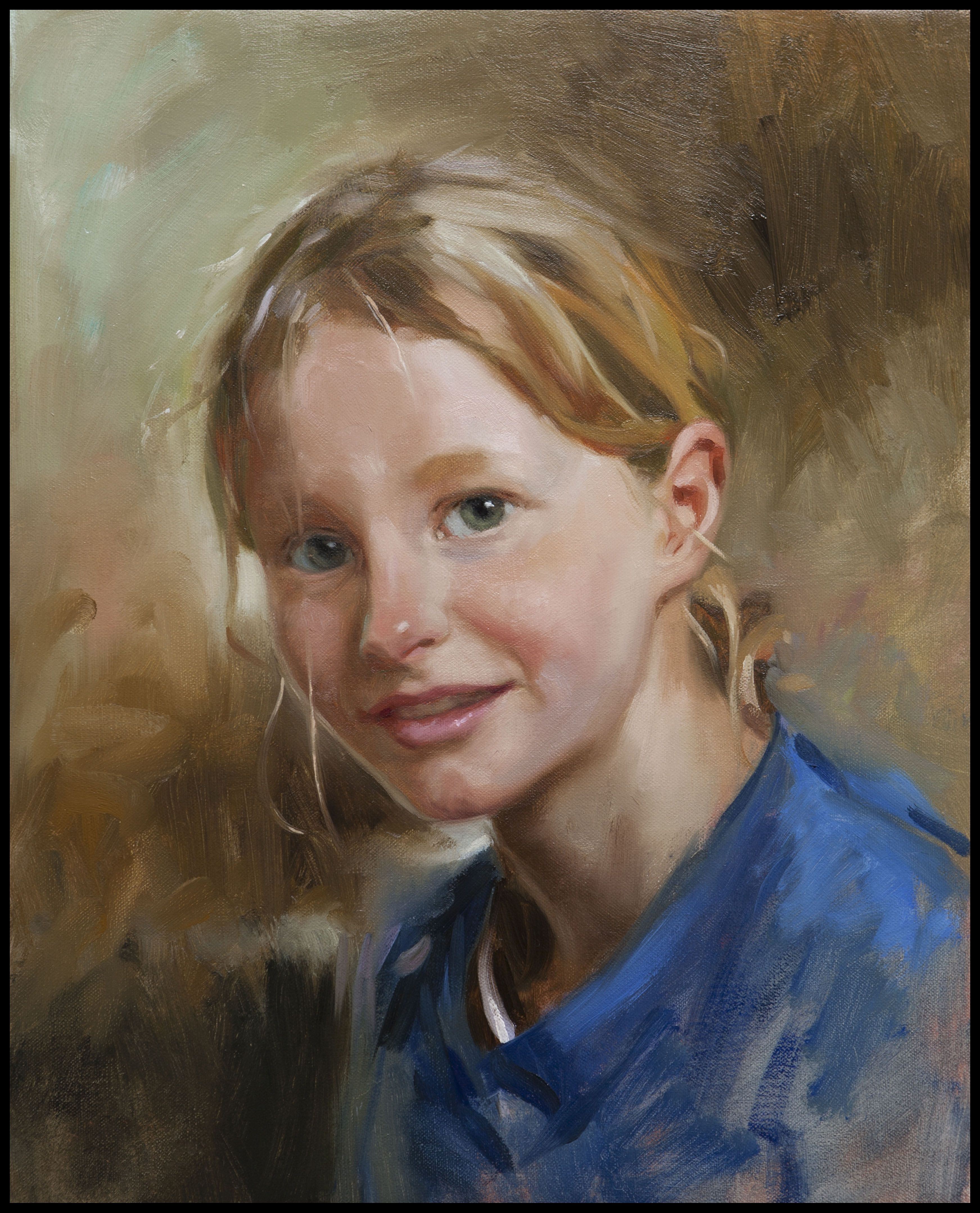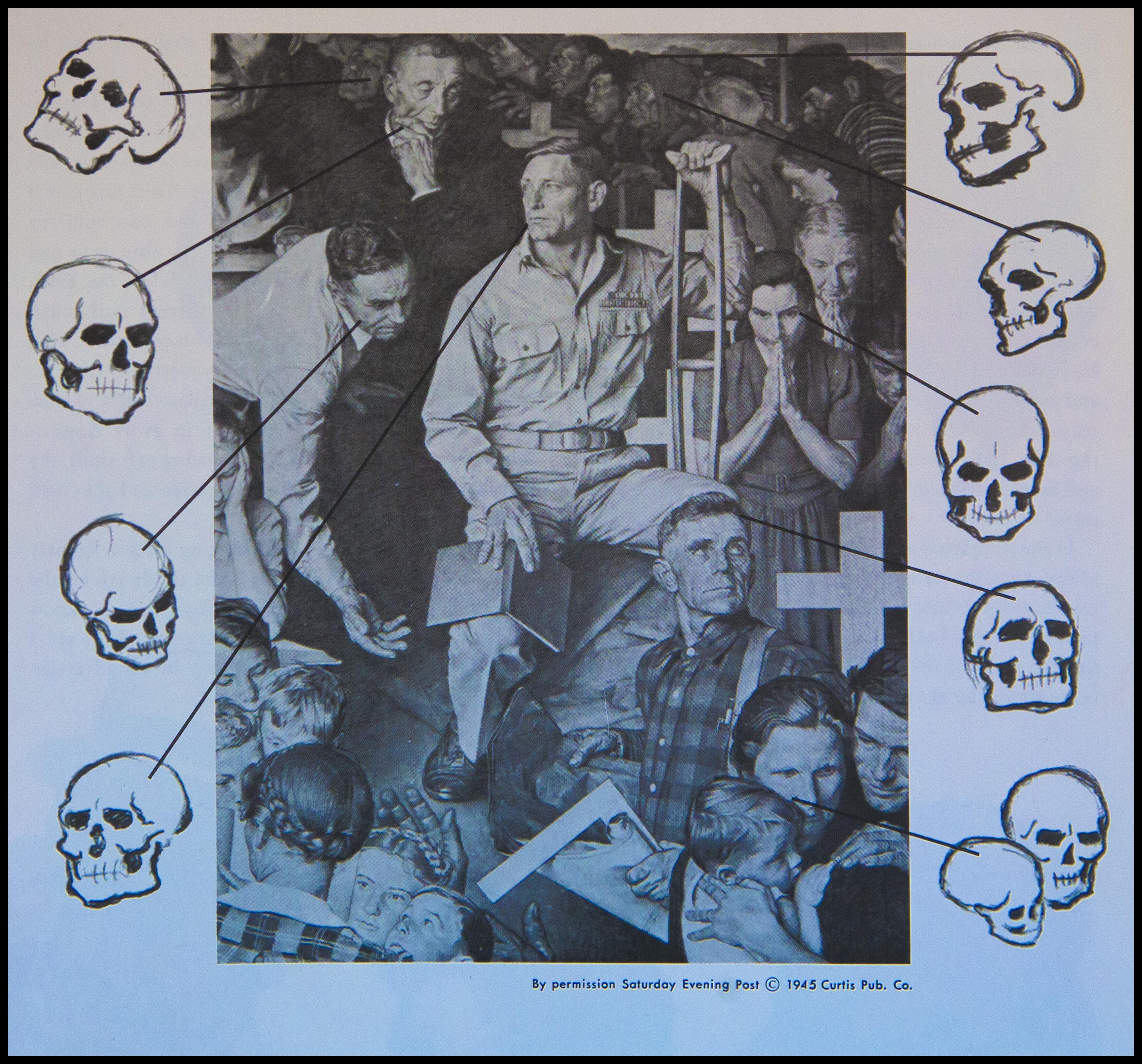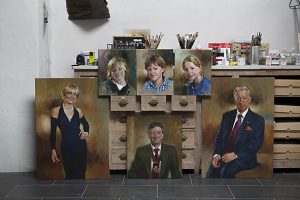This weekend we were in Madrid. For The Concert of course, but also to renew passports at the Dutch embassy and we enjoyed some very pleasant days with our daughter and son in law. Sunday my wife and I, we went separated our tour. Helma to see an exhibition of her favorite sculptor Giaccometti and I, of course as always, to the Prado. (Visiting a museum I prefer to be on myself.)
I had the idea screening first Apollo in the Forge of Vulcan of Velazquez. Viewing paintings is such as birdwatching. You know the images almost by heart. You have seen them dozens of times but always you discover something new. Apollo in the Forge. This time I had planned to take a close look at the composition of this dramatic story telling painting. I was early on the spot and not many visitors who stood in my way. See the painting in detail here. Besides the swirling lines of the composition see how simple and refined Velazquez handles the colour contrast. Note the blue-turquoise of the footwear opposite the golden yellow of the mantle of the Apollo figure, contained in the overall dark, sober setting.

After an hour I had to take a brake, to get some fresh air. I went to see the Sorolla´s and the Sala´s, the Madrazo´s and Degrain´s. But I came back to the Velazquez section to end my visit. A delicious art sandwich to appease my hunger a little bit.
Continue reading “Apollo in the Forge of Vulcan. Diego Velazquez.”
